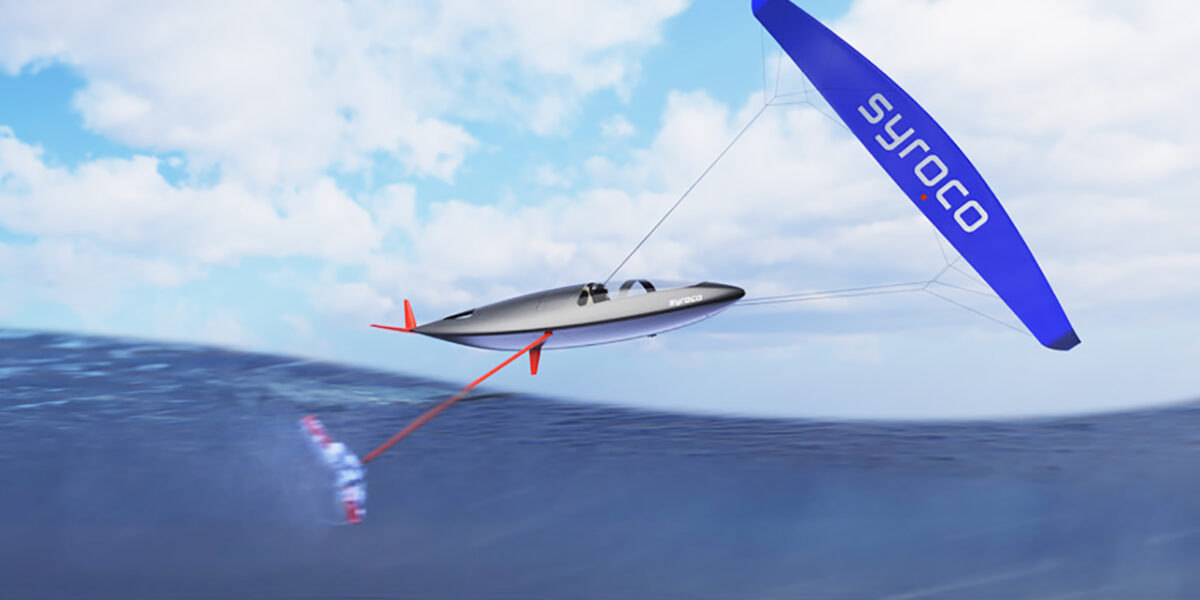Syroco is a technical and scientific laboratory that generates innovation by achieving futuristic objectives.
The solutions and applications developed by Syroco aim to address the economic and environmental challenges that major companies operating in the transport and energy sectors may encounter.
The company’s first milestone is to achieve the new World Sailing Speed Record starting from an innovative and revolutionary concept: the “aile d’eau” (water wing) developed by Luc Armant, characterized by the perfect balance of forces acting on the vessel, minimizing the need for stabilization and designing every detail for maximum speed.
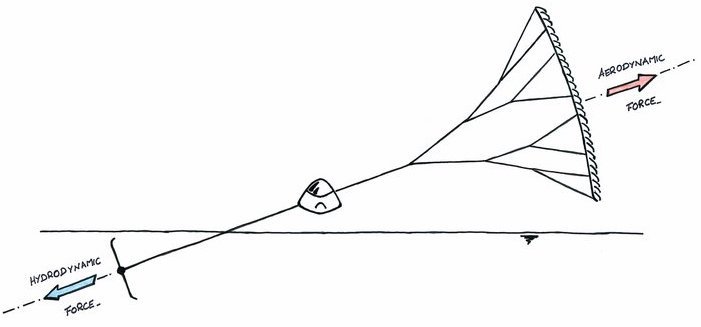
The ambitious target of 150 km/h, approximately 80 knots, requires a technological and engineering revolution compared to traditional design techniques in the field of high-performance sailing boats.
The fluid dynamics of the “opera viva,” or the surfaces in contact with water, are dominated by cavitation: the speed is so high that any area characterized by a depression can cause a phase change from liquid to vapor for the water, completely altering the functioning of the hydrodynamic appendages.
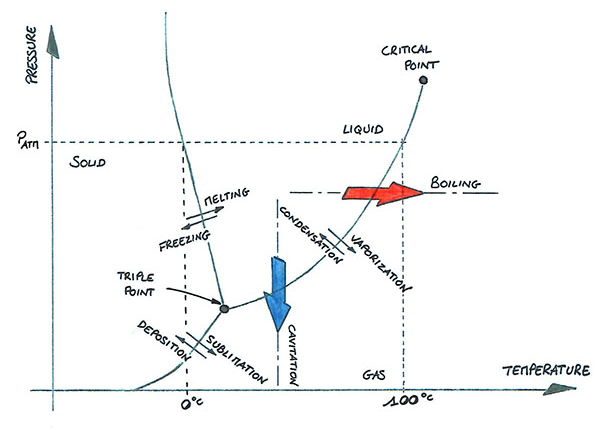
To cope with this extreme scenario, Cubit and the University of Pisa provide expertise in design and computing resources, acting as strategic partners to explore new frontiers of fluid dynamics in sailing boats, drawing from their experience in the field and driven to establish new methodological standards and acquire new know-how.
Since the collaboration began in 2020, Cubit and Syroco engineers have worked side by side daily to set up the necessary numerical simulation to obtain reliable and quality data through the most modern CFD techniques, using a reference case whose performance is known in literature.

Numerical simulations have proven to be an indispensable tool, especially considering the difficulty of replicating the actual conditions in which the record will be established.
This allowed laying the foundation for extensive exploration of the most promising configurations, both concerning the 2D profile on which the foil will be based and the characteristics of the foil itself: a total of 650k hours of computation were required, studying over 200 profiles and 20 different foils.

At the end of this first phase of the fluid dynamics project, the acquired know-how was applied to a complex multidisciplinary numerical optimization, seeking the best possible profile for performance conditions while considering the required structural characteristics and technological limits imposed by the production process. Over three months of continuous calculation resulted in a 25% reduction in resistance developed by the reference configuration made with classical design methods, while fully respecting the constraints of robustness and feasibility.
This significant milestone also led to the first scientific publication resulting from the partnership between Syroco, Cubit, and the University of Pisa, presented at the International CAE Conference held in Vicenza in November 2021.
In parallel with the work on the foil, great attention was devoted to the design of the connection device between the foil and the nacelle, characterized by the complex physics of the free surface of the water.
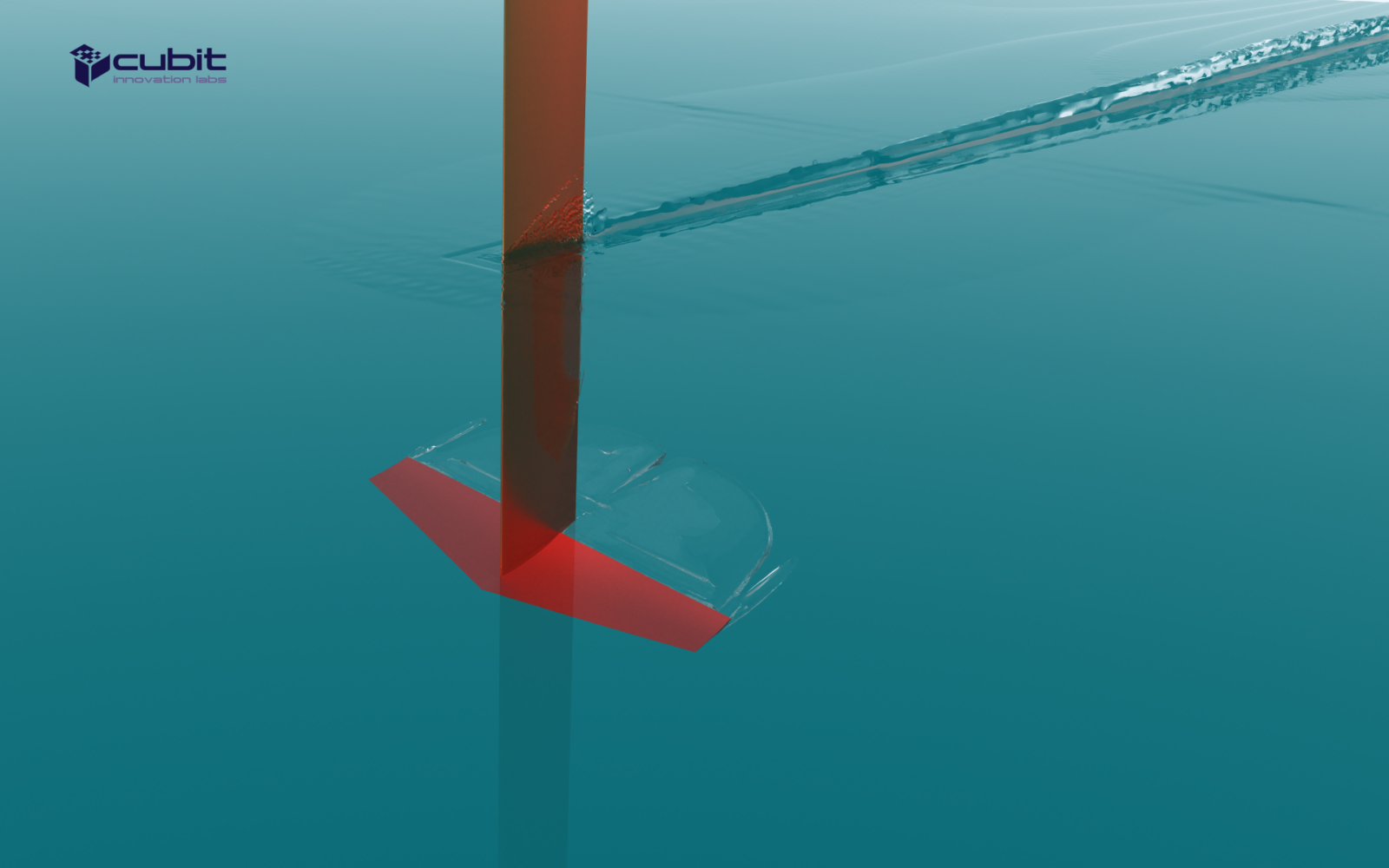
To validate this massive CFD campaign, an experimental campaign was also conducted by members of Syroco’s design team and Cubit’s consultants at the cavitation tunnel of IRENAV in Brest (FR), an institute at the forefront of fluid dynamics research and cavitation-related problems. At the end of this campaign, it was possible to carry out a thorough correlation analysis between numerical and experimental results, faithfully replicating the conditions present in the test chamber.
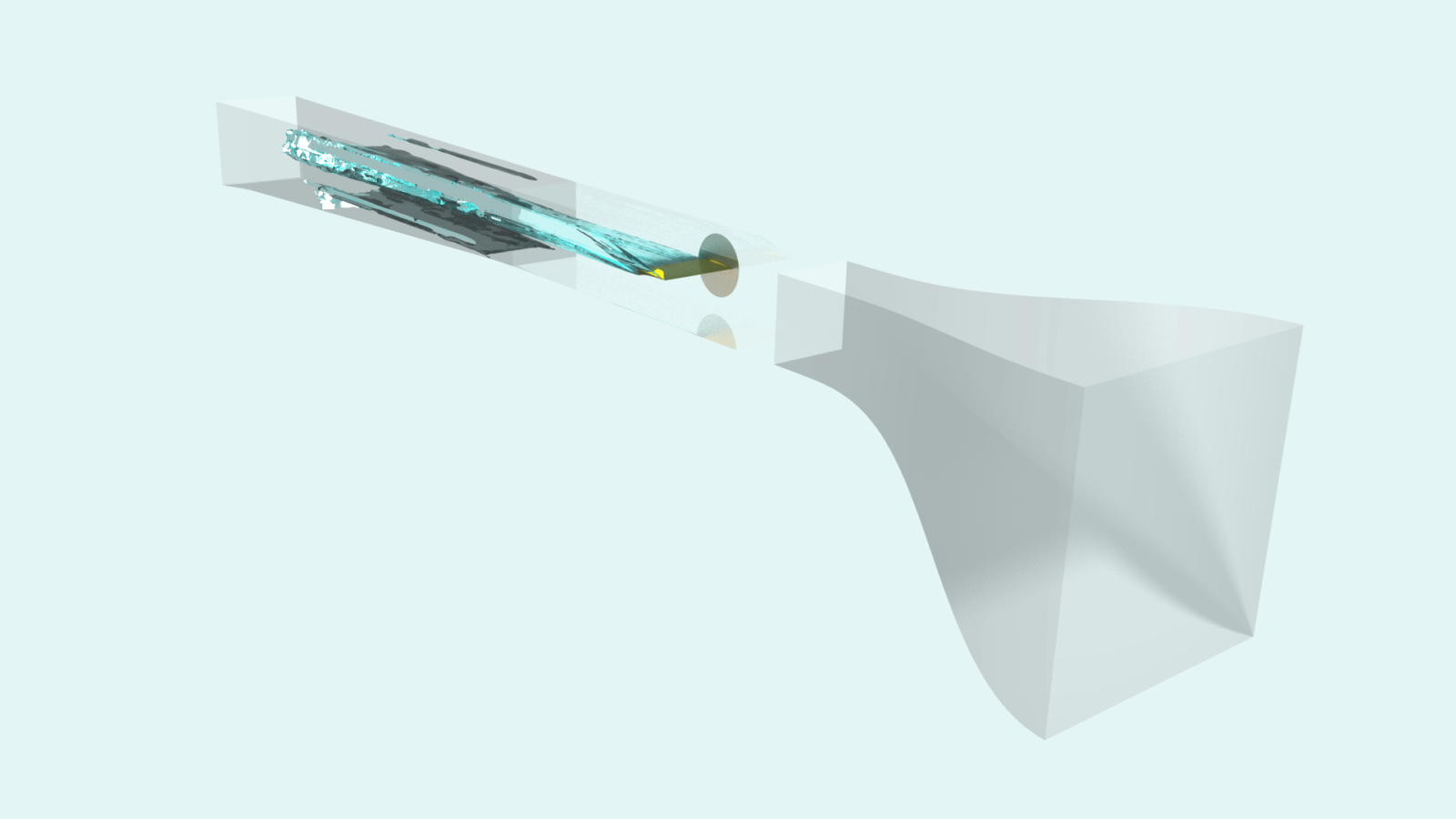
By the end of 2021, the estimated computing hours conducted by the companies on Cubit’s cluster are approximately 2.5 million, testifying to the significant investment and remarkable complexity of the case under study.
However, the design is not yet complete, and we look forward to sharing the new great achievements reached.

